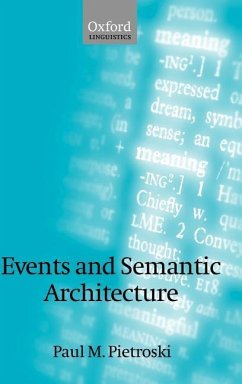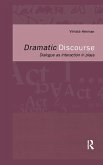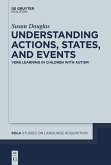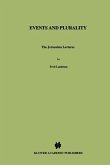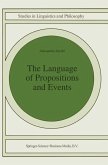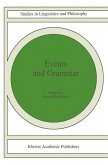This book explores how grammatical structure is related to meaning. The meaning of a phrase clearly depends on its constituent words and how they are combined. But how does structure contribute to meaning in natural language? Does combining adjectives with nouns (as in 'brown dog') differ semantically from combining verbs with adverbs (as in 'barked loudly')? What is the significance of combining verbs with names and quantificational expressions (as in 'Fido chased every cat')? In
addressing such questions, Paul Pietroski develops a novel conception of linguistic meaning according to which the semantic contribution of combining expressions is simple and uniform across constructions.
Drawing on work at the heart of contemporary debates in linguistics and philosophy, the author argues that Donald Davidson's treatment of action sentences as event descriptions should be viewed as an instructive special case of a more general semantic theory. The unified theory covers a wide range of examples, including sentences that involve quantification, plurality, descriptions of complex causal processes, and verbs that take sentential complements. Professor Pietroski also provides fresh
ways of thinking about much discussed semantic generalizations that seem to reflect innately determined aspects of human languages.
Designed to be accessible to anyone with a basic knowledge of elementary logic, Events and Semantic Architecture will interest a wide range of scholars in linguistics, philosophy, and cognitive science.
Hinweis: Dieser Artikel kann nur an eine deutsche Lieferadresse ausgeliefert werden.
addressing such questions, Paul Pietroski develops a novel conception of linguistic meaning according to which the semantic contribution of combining expressions is simple and uniform across constructions.
Drawing on work at the heart of contemporary debates in linguistics and philosophy, the author argues that Donald Davidson's treatment of action sentences as event descriptions should be viewed as an instructive special case of a more general semantic theory. The unified theory covers a wide range of examples, including sentences that involve quantification, plurality, descriptions of complex causal processes, and verbs that take sentential complements. Professor Pietroski also provides fresh
ways of thinking about much discussed semantic generalizations that seem to reflect innately determined aspects of human languages.
Designed to be accessible to anyone with a basic knowledge of elementary logic, Events and Semantic Architecture will interest a wide range of scholars in linguistics, philosophy, and cognitive science.
Hinweis: Dieser Artikel kann nur an eine deutsche Lieferadresse ausgeliefert werden.

